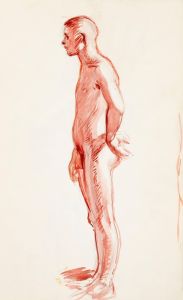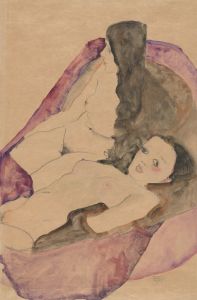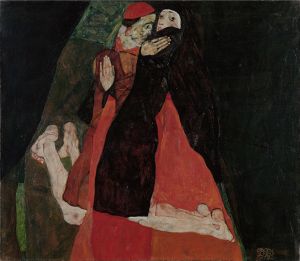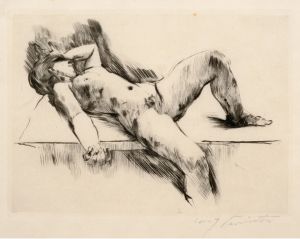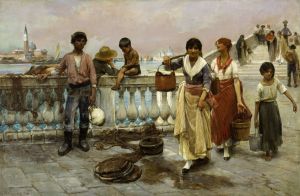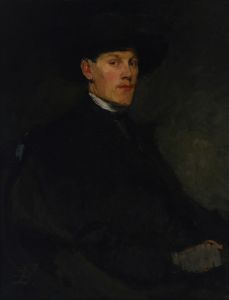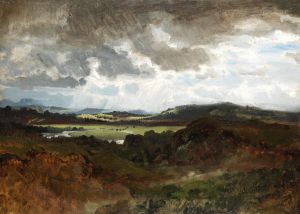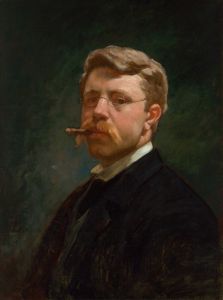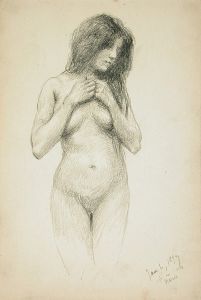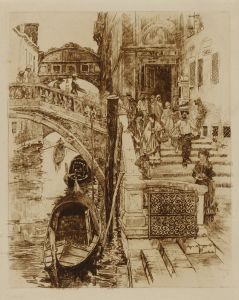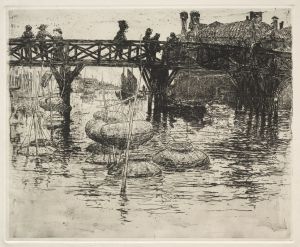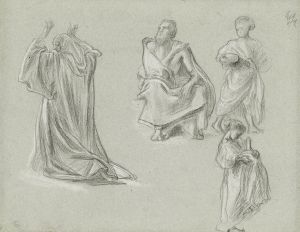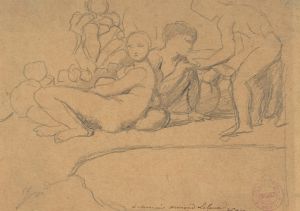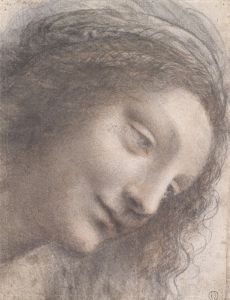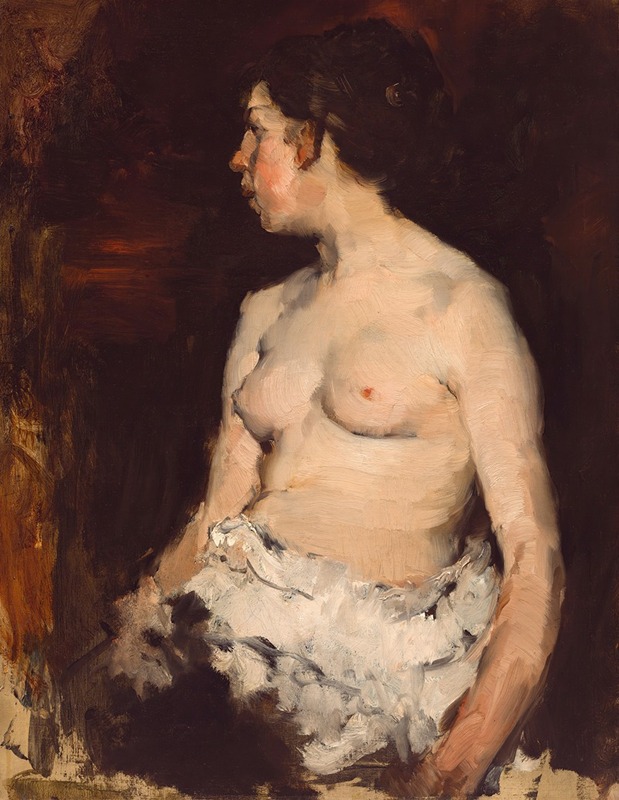
Seated Nude
A hand-painted replica of Frank Duveneck’s masterpiece Seated Nude, meticulously crafted by professional artists to capture the true essence of the original. Each piece is created with museum-quality canvas and rare mineral pigments, carefully painted by experienced artists with delicate brushstrokes and rich, layered colors to perfectly recreate the texture of the original artwork. Unlike machine-printed reproductions, this hand-painted version brings the painting to life, infused with the artist’s emotions and skill in every stroke. Whether for personal collection or home decoration, it instantly elevates the artistic atmosphere of any space.
Frank Duveneck was an influential American painter and art instructor, known for his contributions to the realism movement in the late 19th and early 20th centuries. One of his notable works is "Seated Nude," a painting that exemplifies his skill in capturing the human form with a sense of realism and depth.
"Seated Nude" is a testament to Duveneck's mastery of the human anatomy and his ability to convey the subtleties of light and shadow. The painting features a nude figure seated in a relaxed pose, with careful attention given to the play of light across the body. Duveneck's use of chiaroscuro, a technique that employs strong contrasts between light and dark, is evident in this work, highlighting the contours and musculature of the figure.
Frank Duveneck was born in 1848 in Covington, Kentucky, and he spent much of his early career studying and working in Europe. He was particularly influenced by the Munich School, which emphasized a naturalistic approach to painting. Duveneck's time in Europe allowed him to refine his technique and develop a style that was both bold and nuanced.
Upon returning to the United States, Duveneck became a prominent figure in the American art scene. He was known not only for his paintings but also for his role as an educator. He taught at the Cincinnati Art Academy and influenced a generation of artists, including John Henry Twachtman and Joseph DeCamp. His teaching emphasized the importance of direct observation and the study of the human form, principles that are evident in "Seated Nude."
The painting is characterized by its realistic portrayal of the human body, with a focus on anatomical accuracy and the natural beauty of the figure. Duveneck's brushwork is both precise and expressive, capturing the texture of the skin and the subtle shifts in tone that give the figure a lifelike presence. The composition of "Seated Nude" is simple yet effective, drawing the viewer's attention to the figure while maintaining a sense of balance and harmony.
"Seated Nude" reflects Duveneck's commitment to realism and his belief in the power of art to convey truth and beauty. His work is often compared to that of other realist painters of the time, such as Thomas Eakins and Winslow Homer, who also sought to depict the world with honesty and precision.
Today, Frank Duveneck is remembered as a key figure in American art, and his works continue to be studied and admired for their technical skill and emotional depth. "Seated Nude" remains an important example of his artistic legacy, showcasing his ability to capture the essence of the human form with both sensitivity and strength.





